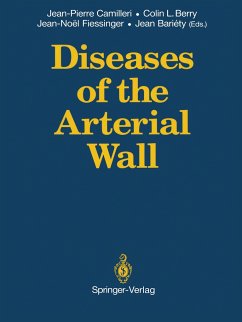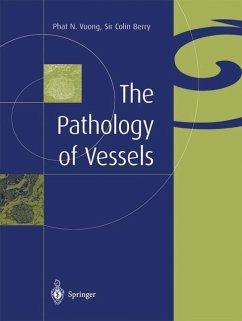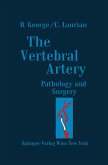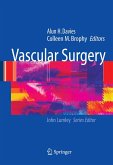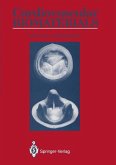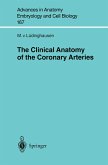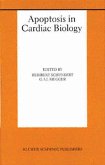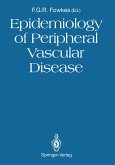La pathologie vasculaire a ete tres marquee par les progres biologiques de ces vingt demieres annees. Le systeme arteriel est main tenant considere comme un organe a part entiere. Modelee au cours de l'organogenese par les facteurs hemodynamiques, Ie paroi arterielle maintient une structure hautement organisee et des proprietes mecaniques qui dependent directement des conditions de pression et de debit. La monocouche endotheliale developpe 2 une surface de plusieurs centaines de m a l'interface sang-tissu; elle est a la fois un organe endocrine complexe synthetisant de nombreuses proteines qui participent a l'hemostase, une surface thromboresistante et hemocompatible, une barriere de permeabilite contr6lant les echanges sang-tissus. Les cellules musculaires lisses constituent un tissu multifonctionnel, contractile, assurant la synthese des composants structuraux responsables des proprietes mecaniques de la paroi arterielle, la transmission de la force contractile, et une etonnante activite reparatrice en reponse aux agressions. Tout ceci est soumis a un ensemble complexe de communications cellulaires qui font de l'endothelium un veritable systeme recepteur pour la paroi vasculaire. Parallelement, ou a la suite de ces progres, l'angeiologie s'est progressivement affirmee comme une specialite clinique. Debordant Ie cadre de la chirurgie vasculaire, elle integre les concepts physiopathologiques au diagnostic et au traitement des maladies arterielles. De cet effort d'integration est ne cet ouvrage, cherchant a concilier les connaissances fondamentales es plus recentes et la demarche clinique.
Bitte wählen Sie Ihr Anliegen aus.
Rechnungen
Retourenschein anfordern
Bestellstatus
Storno

